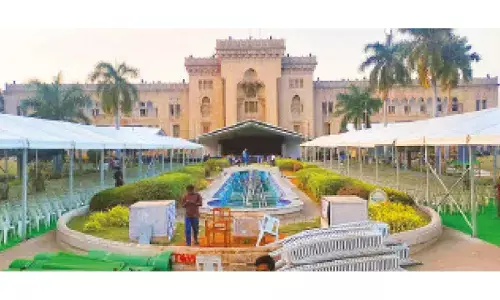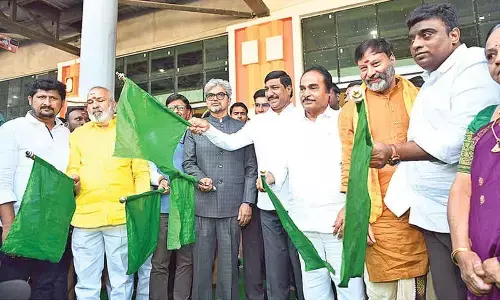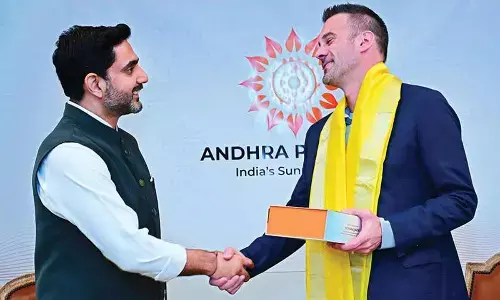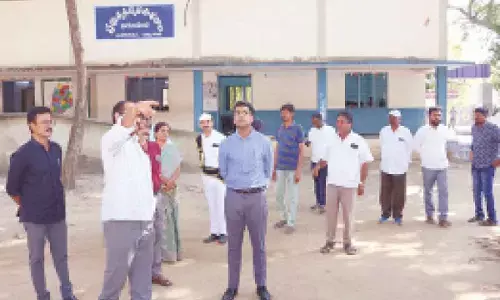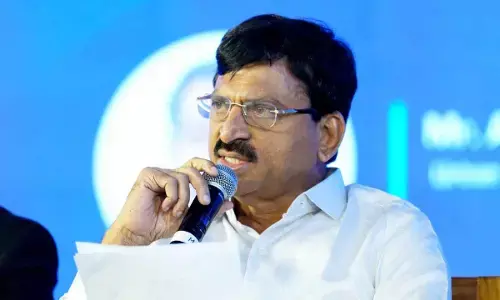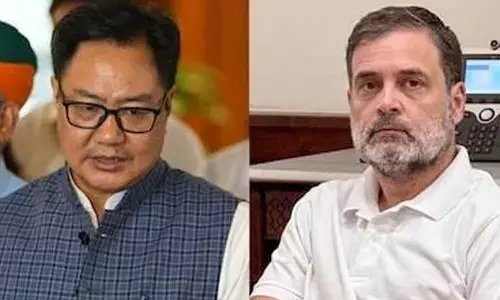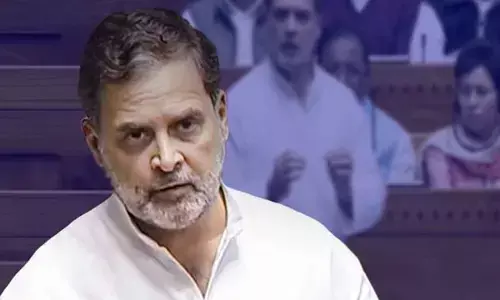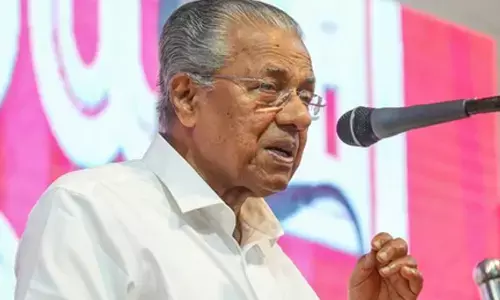Gujarat govt approves lift pipeline scheme worth Rs 1,056 crore
Share :
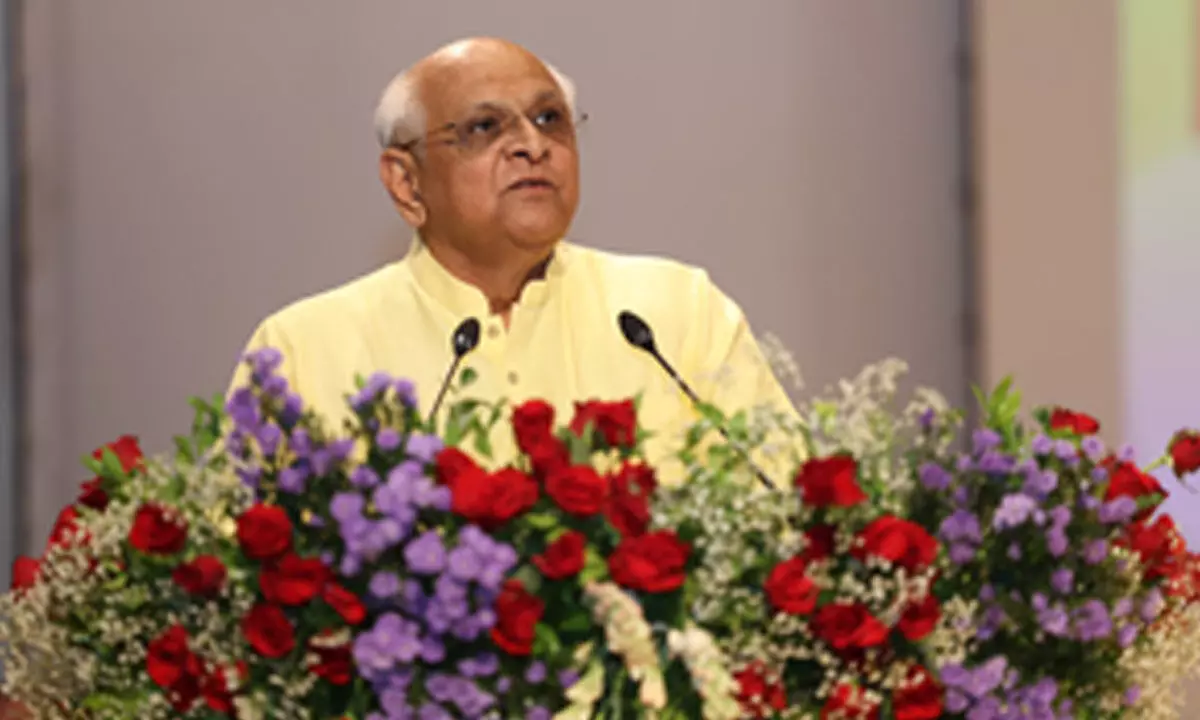
The Gujarat government has approved the Narmada Main Canal-based Lift Pipeline Scheme worth Rs 1,056 crore to solve water shortages in Banaskantha’s Deodar, Tharad, Disa, and Lakhani talukas.
Banaskantha: The Gujarat government has approved the Narmada Main Canal-based Lift Pipeline Scheme worth Rs 1,056 crore to solve water shortages in Banaskantha’s Deodar, Tharad, Disa, and Lakhani talukas.
The project aims to provide supplementary irrigation to the water-scarce regions and boost agricultural productivity.
Water Resources and Water Supply Minister Kunwarji Bhai Bavaliya announced the approval, stating that the project will include a 53.70 km main pipeline and a network of branch pipelines spanning 412.65 km.
“This pipeline system will supply water to fill 189 lakes across 124 villages, benefiting 15,000 hectares of land through enhanced irrigation,” the minister said.
Minister Mukesh Bhai Patel said that 13 planned 14 pipelines in North Gujarat have already been completed as part of the ongoing Sujalam Sufalam scheme.
“This scheme addresses water scarcity by recharging groundwater and replenishing lakes and reservoirs with Narmada water,” he said.
In 2022, Banaskantha, Sabarkantha, Mehsana, Patan, and Aravalli grappled with severe water shortages as the main reservoirs in these areas held insufficient water to last through the season.
Experts attributed the dire situation to two consecutive years of low rainfall.
As of April 21, the combined water storage in all reservoirs across North Gujarat stood at 292.27 million cubic meters (MCM), which is only 15.15 per cent of the total storage capacity of 1,929.29 MCM.
These figures come from the Narmada, Water Resources, Water Supply, and Kalpasar Department of the Gujarat government, which provides daily updates on water levels.
Banaskantha’s Member of Parliament, Parbat Patel, highlighted the alarming drop in groundwater levels in many parts of North Gujarat, with depths now reaching 1,000 feet.
Gujarat is a water-scarce state, with only 1,137 cubic meters of fresh water per person annually. Persistent water shortages affect various regions, particularly in North Gujarat, Saurashtra, and Kachchh, where access to potable water remains limited. These areas face chronic challenges in securing sufficient drinking water, exacerbated by the region’s arid climate and uneven distribution of water resources.









